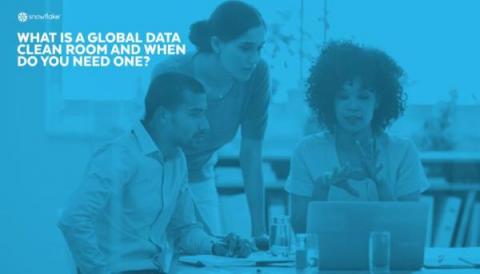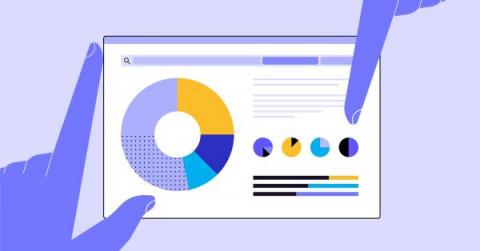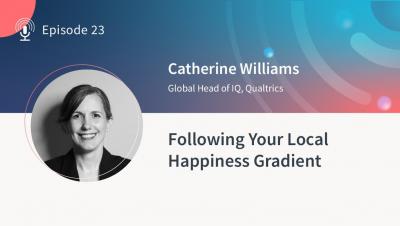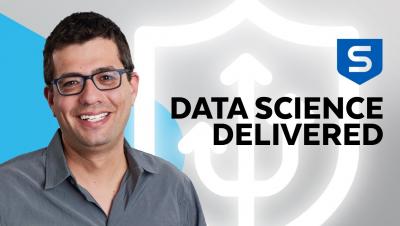Systems | Development | Analytics | API | Testing
BI
What Is a Data Clean Room, and Do You Need One?
There’s a lot of talk in the market these days about data clean rooms, along with some confusion about what exactly a data clean room is and how it differs from data sharing methods. In this blog post, I’d like to shed some light on this topic.
How to build a self-service BI strategy
Think about the times you've wished you had more insight into your business data. Or all of the times you wished you could answer questions about your business performance without waiting for someone else to get back to you. Gone are the days when businesses rely solely on IT staff to provide reports and analytics. With self-service business intelligence (BI), users can create their own reports, dashboards, and data visualizations without relying on IT help.
Does Cost Reduction Play a Role in Digital Transformation?
Digital transformation. Everyone has their own ideas about what digital transformation means, so I decided to look up a few definitions.
Moving to Log Analytics for BigQuery export users
If you’ve already centralized your log analysis on BigQuery as your single pane of glass for logs & events…congratulations! With the introduction of Log Analytics (Public Preview), something great is now even better. It leverages BigQuery while also reducing your costs and accelerating your time to value with respect to exporting and analyzing your Google Cloud logs in BigQuery.
The Data Cloud & Public Sector With Deloitte
Following your local happiness gradient - Dr. Catherine Williams
Developing More Accurate and Complex Machine-Learning Models with Snowpark for Python
3-Minute Recap: Unlocking the Value of Cloud Data and Analytics
DBTA recently hosted a roundtable webinar with four industry experts on “Unlocking the Value of Cloud Data and Analytics.” Moderated by Stephen Faig, Research Director, Unisphere Research and DBTA, the webinar featured presentations from Progress, Ahana, Reltio, and Unravel. You can see the full 1-hour webinar “Unlocking the Value of Cloud Data and Analytics” below. Here’s a quick recap of what each presentation covered.
Get Ready for the Next Generation of DataOps Observability
I was chatting with Sanjeev Mohan, Principal and Founder of SanjMo Consulting and former Research Vice President at Gartner, about how the emergence of DataOps is changing people’s idea of what “data observability” means. Not in any semantic sense or a definitional war of words, but in terms of what data teams need to stay on top of an increasingly complex modern data stack.










